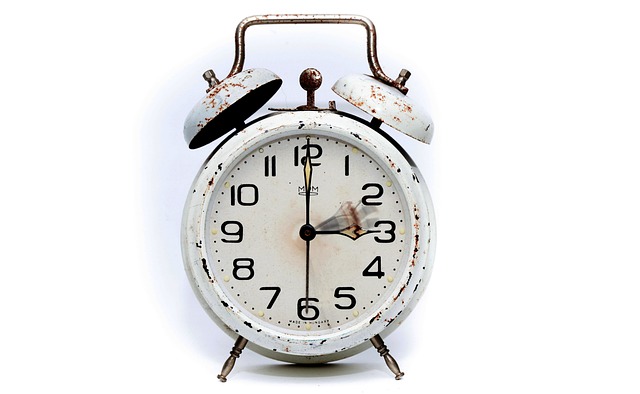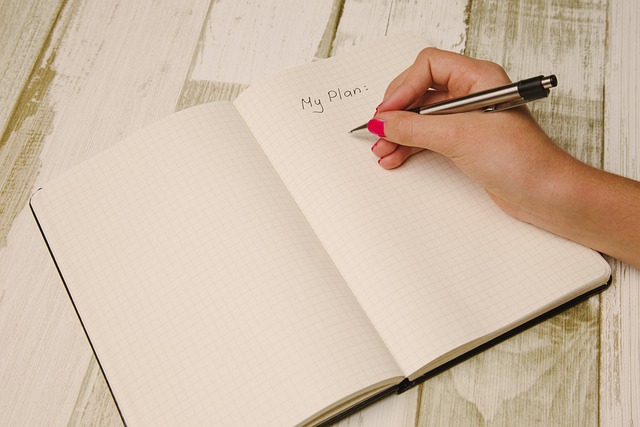Embrace the New You with Self-Time Estimation
As the New Year approaches, many of us take a moment to reflect on our past achievements and set ambitious resolutions for the year ahead. Whether it’s shedding those last few pounds, picking up a new hobby, or simply striving for a more balanced lifestyle, we all share a desire to become a better version of ourselves. However, the key to turning those resolutions into reality often lies in one simple yet powerful practice: self-time estimation.
The Power of Self-Time Estimation
Self-time estimation is the art of accurately predicting how long tasks will take you. Equipping yourself with this skill can drastically change how you approach your resolutions. For instance, if your goal is to incorporate regular physical activity into your routine, estimating the time required to go to the gym, prepare meals, or even take a walk can set you up for success. Instead of leaving your plans open-ended, you create a roadmap that keeps you accountable and on track.
Turning Resolutions into a Lifestyle
The New Year’s resolutions we set often have the potential to become the foundation of a new lifestyle. However, what good is a resolution if we don’t allocate time effectively? Embracing self-time estimation allows you to break down those big, intimidating goals into manageable steps. Want to learn guitar? Estimate time for practicing daily, researching lessons, or even jamming with friends!
Steps to Master Self-Time Estimation
- Reflect on Your Goals: Take a moment to think about what you truly want to achieve this year. Whether it’s health, productivity, or relationships, clarity on your desires will guide your time commitments.
- Break It Down: Divide your larger goals into smaller, actionable tasks. If your resolution is to eat healthier, list out the meals you want to cook, the groceries you need, and the time each will require.
- Practice Estimation: Start time-blocking in your calendar. Allocate specific time slots for each task and try to stick to them. The more you practice, the better you’ll get at predicting how long things will take.
- Review and Adjust: After trying your estimations for a week or so, analyze what worked and what didn’t. Adjust your time slots based on your experiences to refine your future planning.
Building a Sustainable ‘New Me’
As you embark on your journey to a new me, remember that it’s not just about the initial excitement of a New Year’s resolution but rather the sustainable habits that follow. Self-time estimation helps you chase that lifestyle change by ensuring you have the necessary time to devote to each step along the way. Think of it as crafting a personalized blueprint for success.
With self-time estimation, you’re not just marking off boxes on a list; you’re intentionally building a lifestyle that supports your aspirations. So, as you set those resolutions, don’t forget to map out your time wisely. Embrace this skill, and you’ll be amazed at how much closer you’ll drift to the life you’ve envisioned for yourself!



